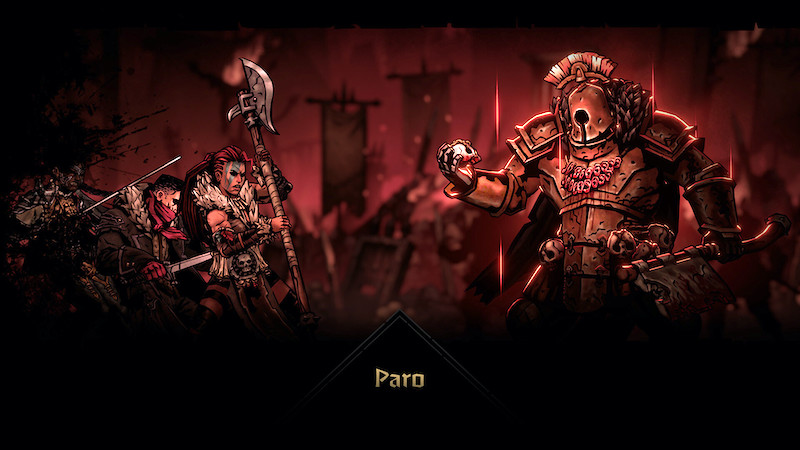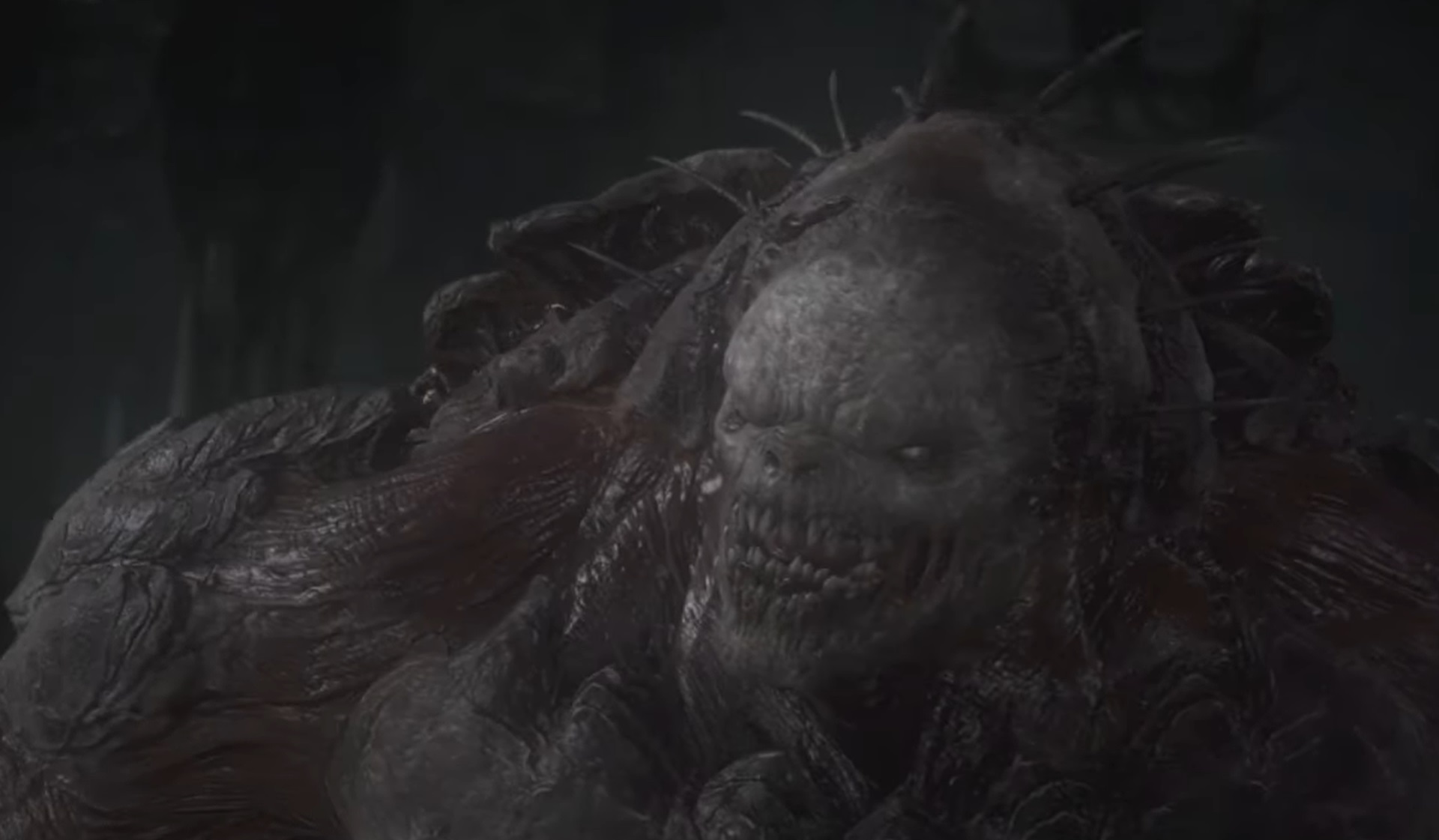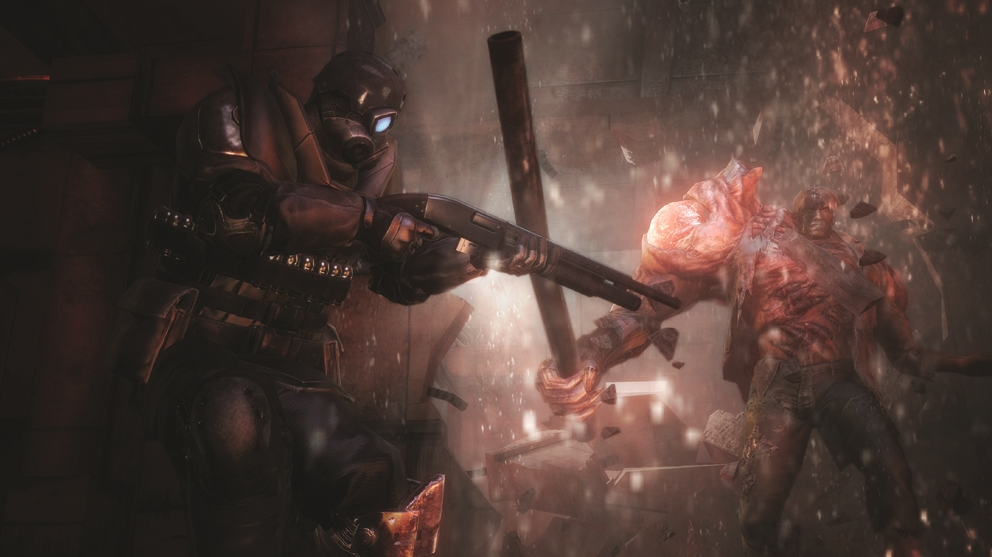
Children’s Shows for Horror’s next Slaughter Ground
Ever since the great Five Nights at Freddy’s Goulash that took the internet by storm in 2014, there has been an uptick of Horror games inspired by Mascot children’s shows including DreadXP’s very own Amanda the Adventurer. Children’s shows aren’t the first genre or theme where creatives have taken a milquetoast subject and spiced it with horror. It’s perhaps a way for modern horror to pry at hidden maliciousness in our world or find new ways to scare by prodding our deep-seated memories or experiences. The Backrooms is an example of a body of works that transformed into just that. Children’s shows however aren’t known for their history of gross abuses and cruelty compared to other practices like anything related to food, animals, chemical production, or factory work. They came after a lot of the horrors of modernization came and passed. That being said Children’s cartoons are driven by capital, they created characters and stories for children to fall in love with for advertisers and toymakers to sell, at least as a business. There are also the creatives that make the shows happen that make the costumes, characters, and stages, a lot of the shows aren’t as heavily privatized but are part of public broadcasting. Programs like Sesame Street part of America’s public broadcasting network are culturally driven as educational media for children that anyone with a radio or cable television can access freely.

In Bendy and the Ink Machine, The player character is an estranged ex-partner of an animation studio who returns to find their previous partner and has resorted to foul demonic practices to give life to their work out of delusion and desperation. The resulting story involves escaping the nightmarish factory and fighting the demons that wear the face of your character’s creations. As notes and memos are discovered it is revealed that the infamous ex-partner of the studio lacked the creative charm that made the studio famous and was wildly irresponsible with the studio’s funds and could not manage staff with high turnover rates. Instead of the business failing as it should have or being shut down once shady practices started catching wind that’s when the partner’s greed and selfishness really take off and causes harm with the magic horrible ink machine and when our player gets sucked into the chaos.
It’s hard not to talk about the Children’s show zeitgeist without knowing where said zeitgeist began with Five Nights at Freddy’s. The game takes place in a fictional pizzeria based on the real arcade and pizza franchise Chuck E. Cheese. If you’re born past the year 2000, you missed out and also dodged a bullet because, honestly, Chuck E. Cheese had its own line of animatronics that are just as unsettling. The franchise is still around but many locations have shut down during a buyout and the animatronics have been long gone, as far as I know. I’m not an auditor and I’m not Nicolas Cage in Willy’s Wonderland which I’m pretty sure is also inspired by Five Nights at Freddy’s, maybe off the books due to copyright.
The story of Five Nights at Freddy’s has been painstakingly pieced together from multiple games, official media, and expanded side content to the credit of its sizeable fanbase and lore channels. To summarize the pizzeria began as a family venue for food and entertainment with handmade animatronics that could be worn as suits to enchant the patrons. After the co-founder loses one of his children to an accident with one of his machines begins a chain of further bad decisions, tragedy, and hauntings occur giving us the game as it is, working night security on a shotty electric system for the pizzeria while possessed animatronics begin reanimating with lethal intent.

While the story of Bendy and the Ink Machine is focused on a greedy industrialist with the guise of a friendly cartoon face Five Nights at Freddy’s is that of creators eager to bring joy to children just like Children’s shows that evolve into malice and tragedy after ambition and selfishness hurts the people involved. The Horror part of the games is adults that want to use their Children oriented media to manipulate people and use them for their own selfish means. It’s a fear rooted in adulthood, the power that adults have over each other and they hold over children. One that is timelessly present in society as people of low integrity will use easy victims. What these stories do steer clear of is portraying any of the perpetrators as sympathetic, even in prologues the warning signs of their troubling behavior are already foreshadowed.
There is wisdom in the irony around these parables. Children’s shows are meant to be a form of entertainment and creative stimuli that in moderation are expected to help children’s minds develop healthily and stable and yet the plot of the horror games starts with their creators revealing they themselves are much more destructive and malicious than they would admit.
If you enjoyed this article you can read more here at Dread XP.




